Among the ancient Egyptians, women were respected, birth control was used, and premarital sex was rampant.
As a matter of fact, sex was a natural activity for these ancient Egyptians – just like eating and sleeping. There was nothing to avoid or be ashamed of. They also had a wide range of sex expressions. The great cycle of creation, life, death, and reincarnation included sex.
This article focuses on the 10 Strange Facts about the love life of Ancient Egyptians. You can watch the video here.
Virginity was not important
It didn’t matter to the ancient Egyptians whether a lady was a virgin or not. They didn’t even have a word for a virgin back then. As long as it was done between two unmarried persons, premarital sex was permitted.
 Egyptian tomb wall-painting, c.1826/Unsplash.
Egyptian tomb wall-painting, c.1826/Unsplash.
Interestingly, the couple had to be faithful to each other once they were married. Adultery was frowned upon in Egyptian society. A divorce was the outcome of adulterous behaviour. Whipping, mutilation, or even death might be used as punishment.
When a husband had sex with another woman, especially if she was single, he usually got away with it. A wife, on the other hand, was required to remain true to her husband. It was the only method to confirm their children’s legitimacy.
Masturbation was believed to be a godly act

Egyptian mythology claims that Atun, the first Egyptian god, created the universe by masturbating. As a result, masturbation came to be regarded as a life-giving activity.
To ensure prosperity, Egyptian pharaohs ceremonially masturbated in front of crowds in the Nile River. Following the pharaoh, other men would ejaculate into the Nile as well.
Masturbation was not only tolerated and popular but it was also considered godly.
Weddings were very straightforward
There was no such thing as a marriage ritual among the ancient Egyptians. A woman just moved in with a man and informed her parents of her decision. They were deemed husband and wife once they lived under the same roof.
Women married when they were twelve or thirteen years old. Men who married were between the ages of sixteen and twenty.
The ancient Egyptians expected couples to have a large number of children while remaining devoted to one another. A lot of the time, the couples were truly in love.
 Black Nubian emissaries appeal to the White Egyptian rulers in in Cecil B. DeMille’s The Ten Commandment, 1956/Creepy Catalog.
Black Nubian emissaries appeal to the White Egyptian rulers in in Cecil B. DeMille’s The Ten Commandment, 1956/Creepy Catalog.
The ancient Egyptians did not marry their relatives, contrary to popular belief. There were no marriages between a daughter and her father, a sister and a brother, or cousins.
Only the royalty engaged in incestuous relationships or marriages. Their babies were born with major genetic abnormalities as a result of incest. Pharaoh Tutankhamun was a well-known example of royal inbreeding.
A couple may request an experimental marriage
The ancient Egyptians had a fertility test, which today seems extremely weird. Garlic was inserted into a woman’s vaginal canal. She was fertile if the fragrance of garlic was detected on her breath.
Clearly, not all males were convinced by the procedure. As a result, Ancient Egyptian men practiced experimental marriages in order to avoid marrying infertile women. The testing period was normally one year long. The experiment ended when a woman became pregnant, and the couple got married.
Ancient Egyptian women were treated equally to men
With the exception of occupation, men and women had equal rights in every field. In fact, both male and female children were desired in Ancient Egypt. No discrimination.
Cooking, sewing, and housekeeping were the only vocations available to women. They, however, helped their husbands in their agricultural work. While their husbands were away, the wives ran the family farms.
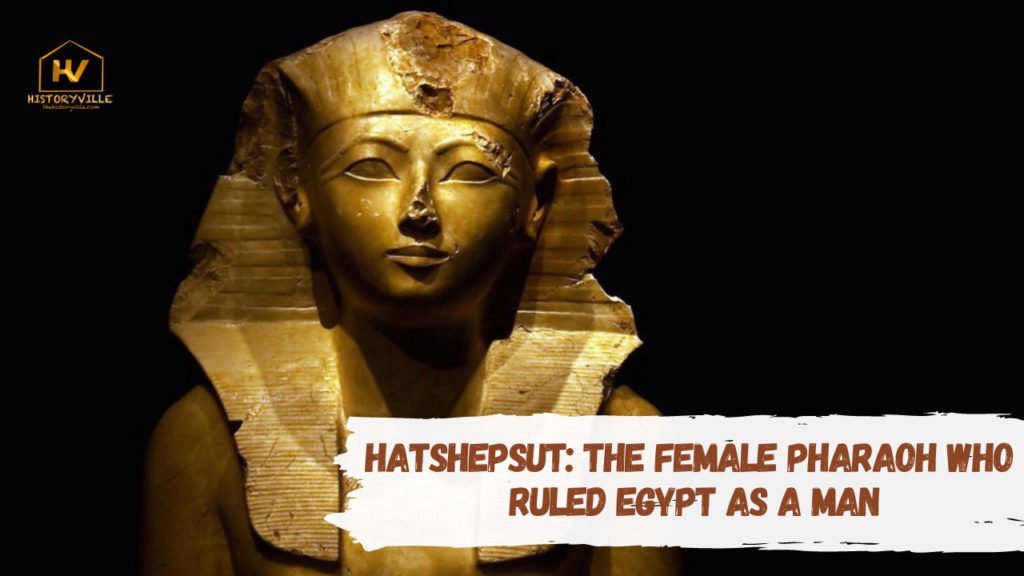 Full story here…
Full story here…
Women were allowed to possess and inherit property. They were able to be in charge of their own businesses. They might go to court and have their case heard. Ancient Egyptian women were even able to adopt children, had the freedom to travel, had extramarital affairs, and even divorced their husbands.
Women, interestingly enough, were pharaohs as well. This did happen, but not so much. The most notable example is Queen Hatshepsut. Royal women, on the other hand, might wield considerable authority through their husbands. For example, Nefertari, Rameses II the Great’s wife, was one of Ancient Egypt’s most powerful figures.
Ancient Egyptian women had more rights than women in other communities, including modern societies. Egyptian women, in reality, had far more freedom and civil liberties than Greek women when the Greeks conquered Egypt in 332 BC.
Being divorced had no social repercussions
A divorce was both conceivable and acceptable. Infertility, infidelity, and abuse were the most common causes of divorce. The divorce process was straightforward. The property was divided after one of the spouses moved out. A divorce is an option for both men and women.
Egyptian women possessed a certain level of autonomy. As a result, they would be able to quickly divorce and remarry. However, it was impossible for a woman to remarry after thirty years of age because the ancient Egyptians regarded elderly women as infertile. In any event, there was no stigma associated with being divorced.
Ancient Egyptians had a method for igniting passion
If a husband’s enthusiasm for his wife has faded, he would seek medical help. The doctor would give him a unique medicine to give to his wife. The concoction included dandruff from the scalp of a murdered person, blood from a black dog’s tick, a drop of blood from the husband’s left hand’s ring finger, and semen, among other things.
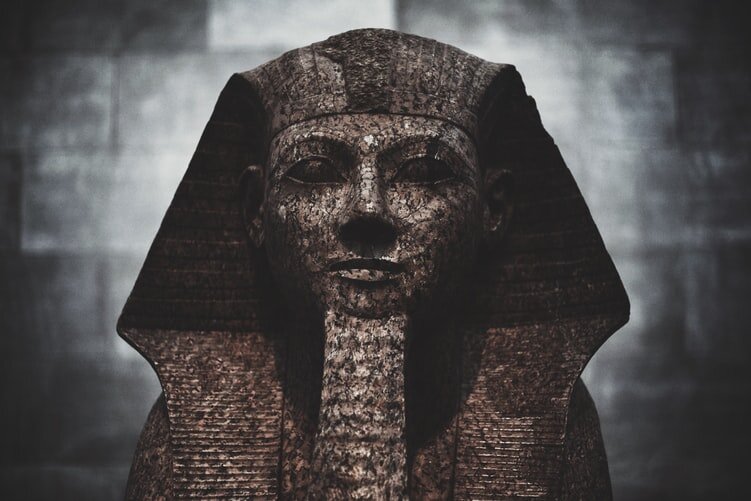 The Sphinx of Ancient Egypt/Unsplash.
The Sphinx of Ancient Egypt/Unsplash.
If a wife drank this elixir, she was said to fall back in love with her husband. She had to love him if he could persuade her to drink this disgusting drink.
If a man experienced erection problems he had to rub his privates with a mixture of powdered acacia seeds and honey. If this approach failed, the man then had to rub his manhood with foam from a stallion’s mouth.
Contraception was relatively successful
To avoid unwanted pregnancies, the ancient Egyptians utilized a variety of contraception methods. Honey, acacia, and colocynth were shown to be the most effective contraceptive. Before sex, Egyptian ladies would soak linen in the concoction and place it in their privates. Lactic acid, found in acacia, has been scientifically proven to be a spermicide. Colocynth has also been proven to be a natural abortion inducer by scientists. Colocynth is still used as a contraceptive by modern Arab women.
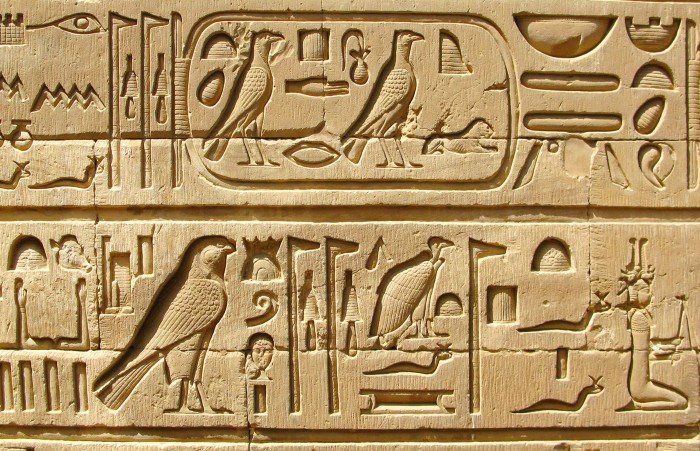 Ancient Egyptian Hieroglyphs/Medium.
Ancient Egyptian Hieroglyphs/Medium.
An Egyptian contraceptive that was injected into a woman’s privates was a mixture of crocodile dung and fermented bread. Even though it was chemically ineffectual, the dung acted as a diaphragm.
Breastfeeding for up to three years was a proven form of contraception. Lactation prevents pregnancy by inhibiting ovulation. Men in Ancient Egypt also tried to avoid unwanted pregnancies. They were one of the first to employ linen-covered condoms.
Homosexuality may have been tolerated in Ancient Egypt
It’s still unknown what the ancient Egyptians thought of homosexuality. Any documents or literature including accounts about sexual acts never explicitly state the nature of the sexual acts, instead of relying on indirect paraphrasing. There is virtually little information about sexual positions and practices, and no documented laws against homosexuality. Indeed, it is believed that the long-lived Pharoah Pepi II was homosexual.
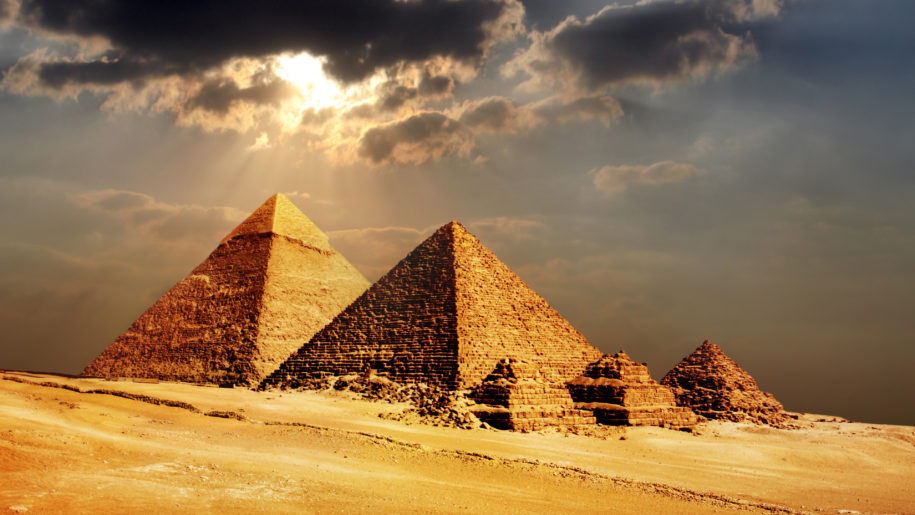 The Great Pyramid of Egypt at Giza, is one of the seven wonders of the world.
The Great Pyramid of Egypt at Giza, is one of the seven wonders of the world.
Same-sex relationships were never explicitly described as disgusting or despicable in ancient Egyptian documents. There is no evidence that homosexual actions were penalized in ancient Egypt. As a result, a direct assessment is still difficult.
Ancient Egyptians believed in marriage after death
Marriage was intended to last a lifetime among ancient Egyptians, but they believed it would continue beyond death, that is, in the afterlife. Most males only lived into their thirties, while women frequently died as young as sixteen in childbirth and, otherwise, lived slightly longer than men.
If one had a solid relationship with one’s spouse, the prospect of meeting them again would have helped to lessen the grief of death. In the Field of Reeds, the couple is seen enjoying each other’s company and performing the same activities they did on earth, according to tomb murals and inscriptions.
Was Ancient Egypt a White Civilisation?
The Ancient Egyptian belief in eternity was a vital underpinning to a marriage in that it was a goal to make one’s life on earth as pleasant as possible so that one may enjoy it indefinitely. To the Egyptians, there was no otherworldly “heaven,” only a direct continuation of one’s existence.
Conclusion
There are other Strange Facts about the love life of Ancient Egyptians we haven’t mentioned here. You can share in the comments others ones that may you know of.
We always have more stories to tell. So, make sure you are subscribed to our YouTube Channel and have pressed the bell button to receive notifications for interesting historical videos. Also, don’t hesitate to follow us on all our social media handles and to as well share this article with your friends.
Feel free to join our YouTube membership to enjoy awesome perks. More details here…
Sources
Mark, J. (2016, September 26). Love, Sex, and Marriage in Ancient Egypt. Retrieved from https://www.worldhistory.org/article/934/love-sex-and-marriage-in-ancient-egypt/
Preskar, P. (2021, April 27). 8 Surprising Facts About the Love Life of the Ancient Egyptians. Retrieved from https://historyofyesterday.com/love-life-of-the-ancient-egyptians-561199fb5a0d
Wikipedia (n.d). Homosexuality in ancient Egypt. Retrieved from https://en.wikipedia.org/wiki/Homosexuality_in_ancient_Egypt







